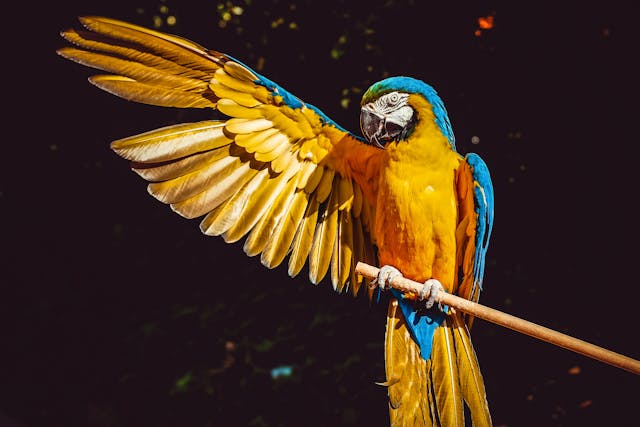
Overview of the Chapter
The chapter What a Bird Thought is a part of the CBSE Grade 6 English curriculum. It explores themes of curiosity, perception, and the wonders of nature through the perspective of a bird. The poem encourages students to think about how different creatures perceive the world around them.
Key Theme: The poem highlights the bird's innocent wonder and its interpretation of the world, contrasting it with human understanding.
Summary of the Poem
The poem narrates the thoughts of a bird as it observes its surroundings. The bird wonders about the sky, the trees, and its own existence, expressing a childlike curiosity. The poet uses simple yet vivid imagery to depict the bird's perspective, making readers reflect on nature's beauty and mysteries.
Important Lines and Meanings
- "What a bird thought as it sat on a tree" - Introduces the bird's contemplative state.
- "The sky is so big, and the tree is so small" - Reflects the bird's awe at the vastness of nature.
Literary Device: The poem uses personification by attributing human-like thoughts to the bird.
Moral of the Poem
The poem teaches us to appreciate the simplicity and beauty of nature, encouraging curiosity and a sense of wonder in young minds.
Questions for Reflection
- How does the bird perceive the world differently from humans?
- What emotions does the poem evoke in the reader?
